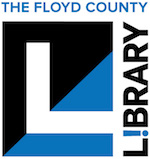Hello everyone! A few weeks ago, I was in South Korea with my husband. We visited one of the most famous libraries in Seoul, the capital city!
It is called Jeongdok Public Library, and it is a popular destination to study and for couples to bring a first date!
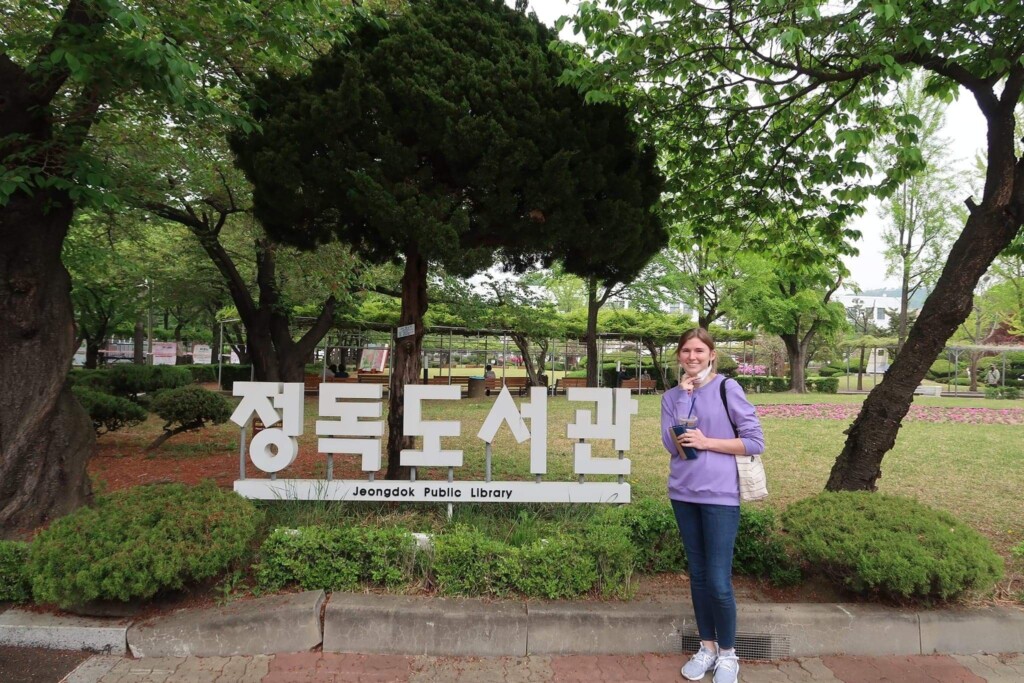
The main library building isn’t very old, but the property has quite a long history. It is the site of one of 3 buildings from the Joseon Dynasty that are still standing today.
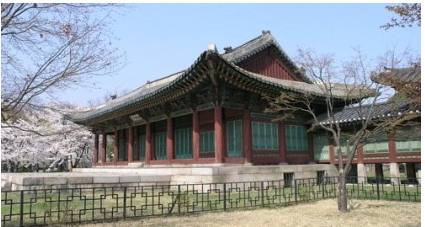
Built in 1866, many historical buildings were destroyed during the Japanese occupation of South Korea. This building used to house the Joseon Dynasty’s jongchinbu office, which is the government office that stores the genealogy records and paintings of kings and noble families. It is no longer being used as a government building, but is preserved as a historical site.
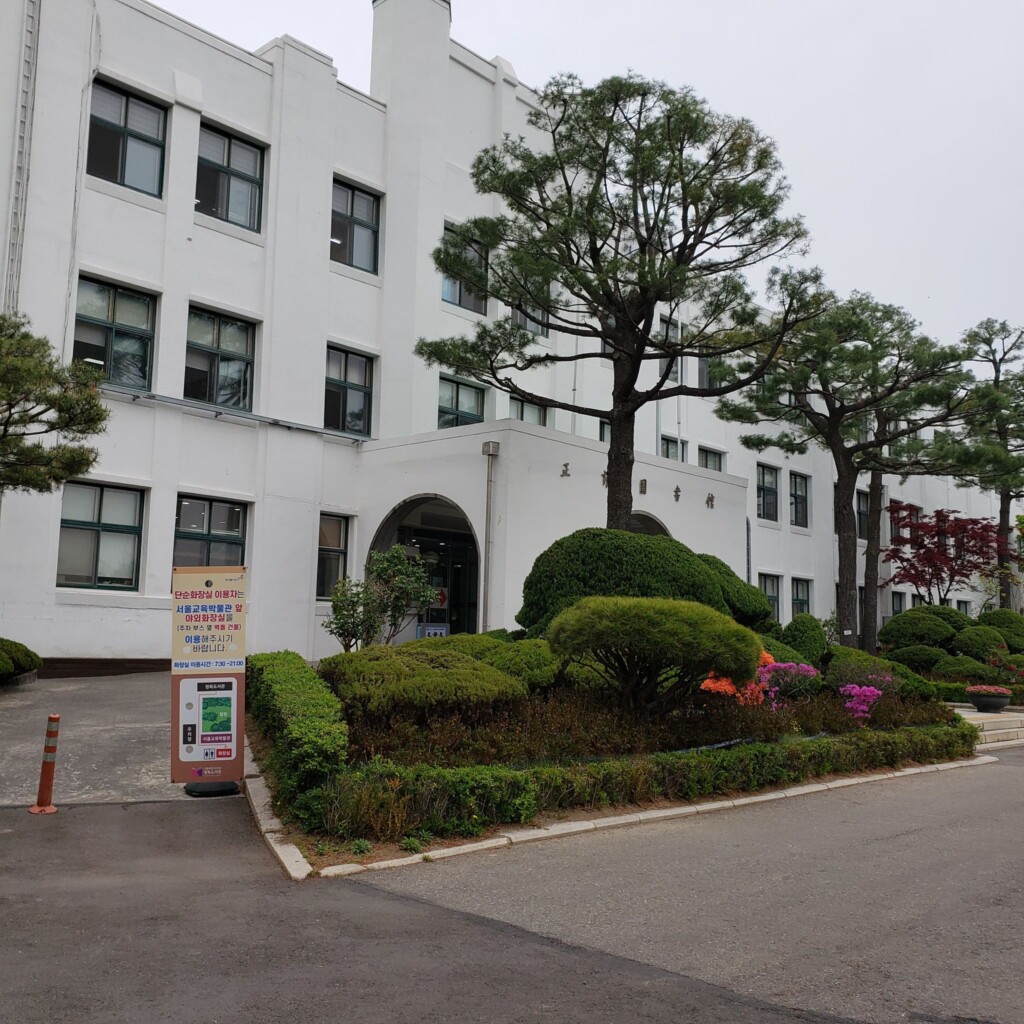
The Library building was built in the 1920s as a boys school. The campus was moved to a new site in 1976. The building was renovated into a library and opened in 1977. Though “Jeongdok Doseogwan” is a smaller library than you will usually find in Seoul, it has many of the same features you will find at the Floyd County Library. Let’s check it out!
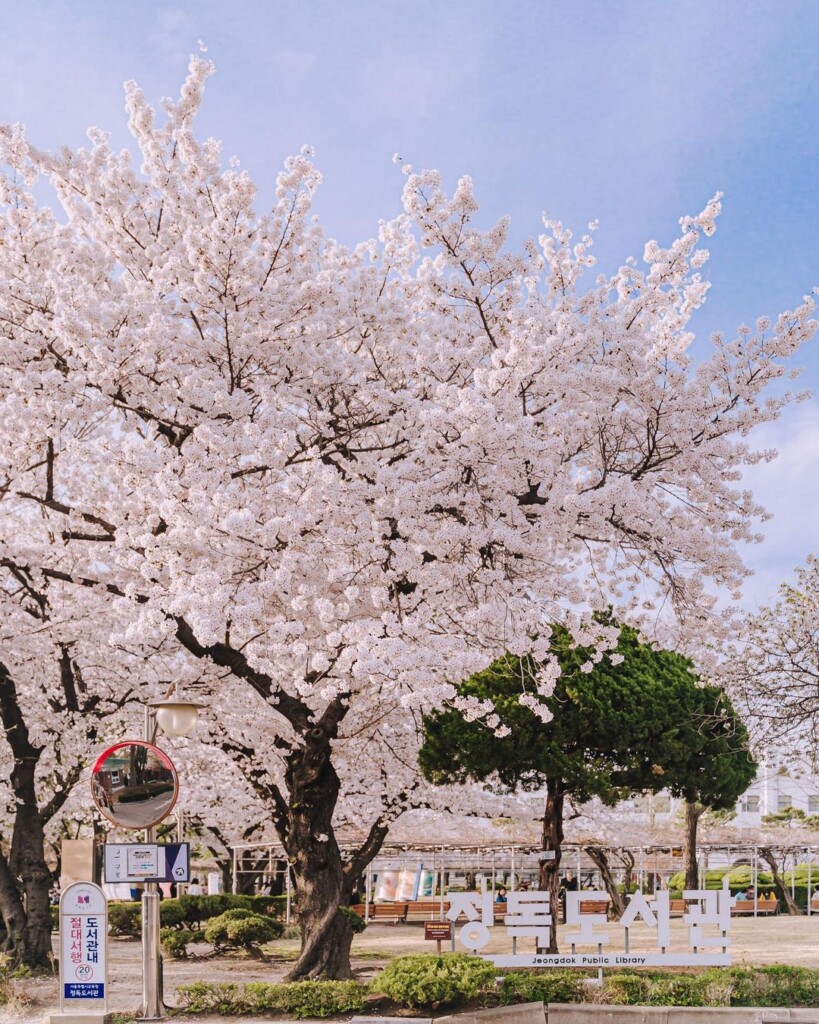
First, it has a large lawn that is a favorite date location for couples, especially in Spring and Autumn. It is a popular place to view the cherry blossom trees that line the main path. Unfortunately, we arrived after the trees had bloomed, but here is a photo of the trees in full bloom!
Many outdoor events are held here including concerts and author talks. I love walking under the vine arbor that borders the property. You can see it in the background behind the sign!
Inside, the first floor houses the Children and Teen departments. Here is a picture of the Children’s Room.

Here, you can find lots of your favorite titles translated into Korean. This is Anne of Green Gables, but in Korean, the title translates to Red Haired Anne!
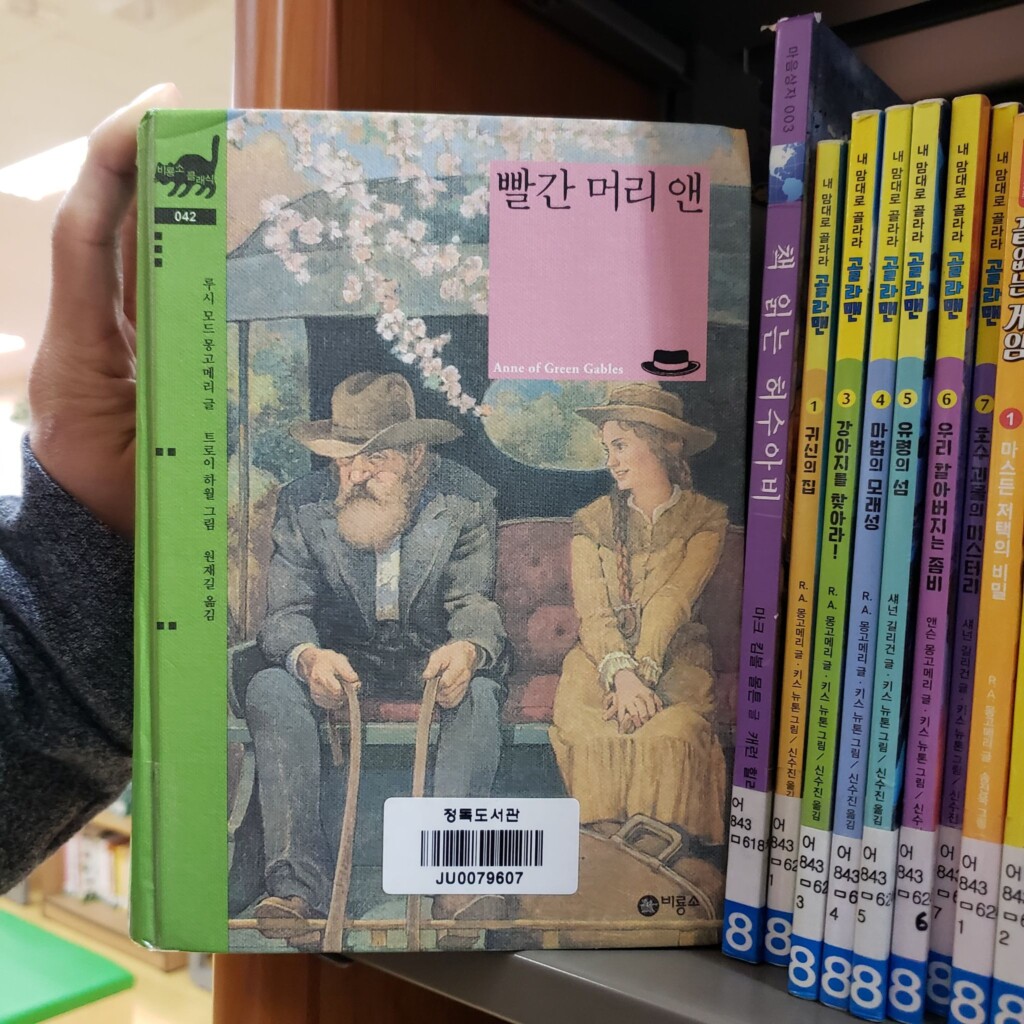
You will also find this machine! It is for airing out and cleaning books after they are returned and before you take them home.
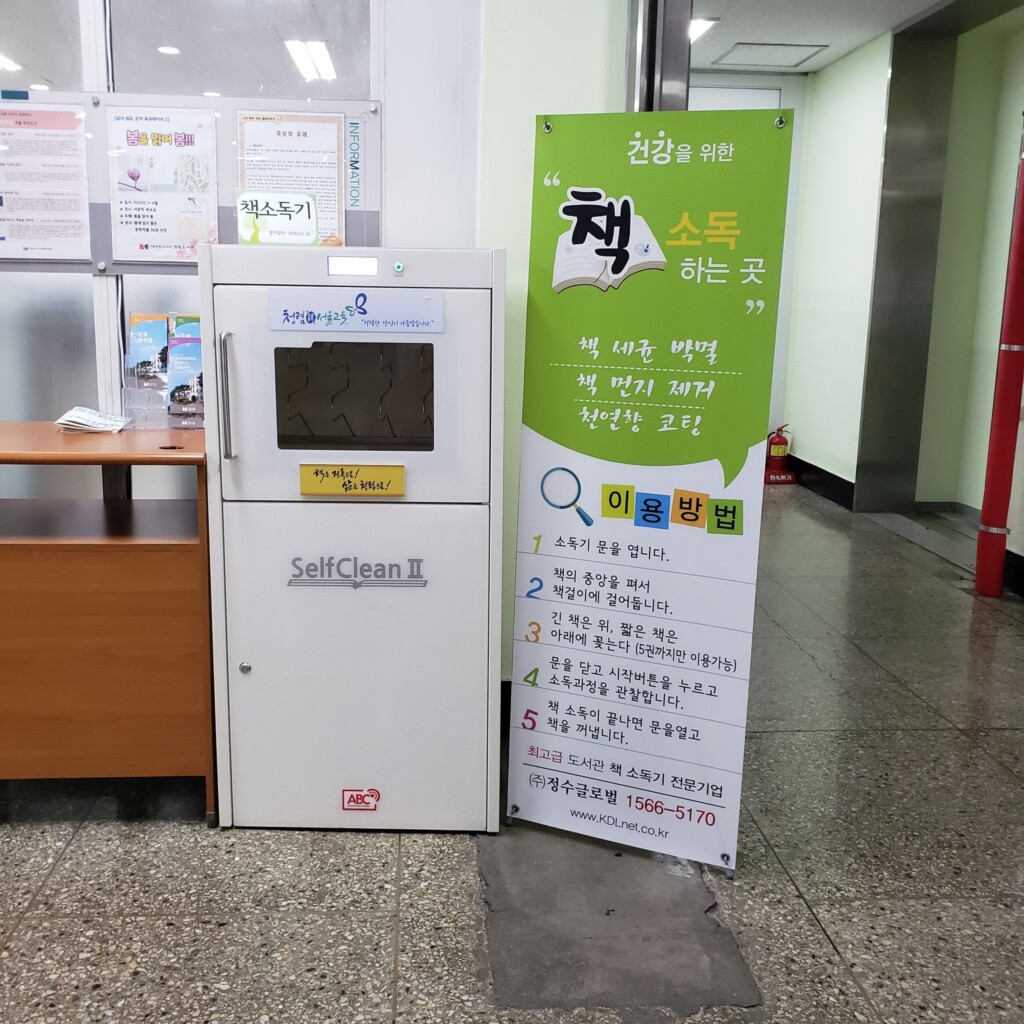
Upstairs are a few more departments, including the Literature and Genealogy Room. With the Library’s connection to the jongchinbu office, this Library stores one of the largest genealogy collections in Seoul and many people come here for research.
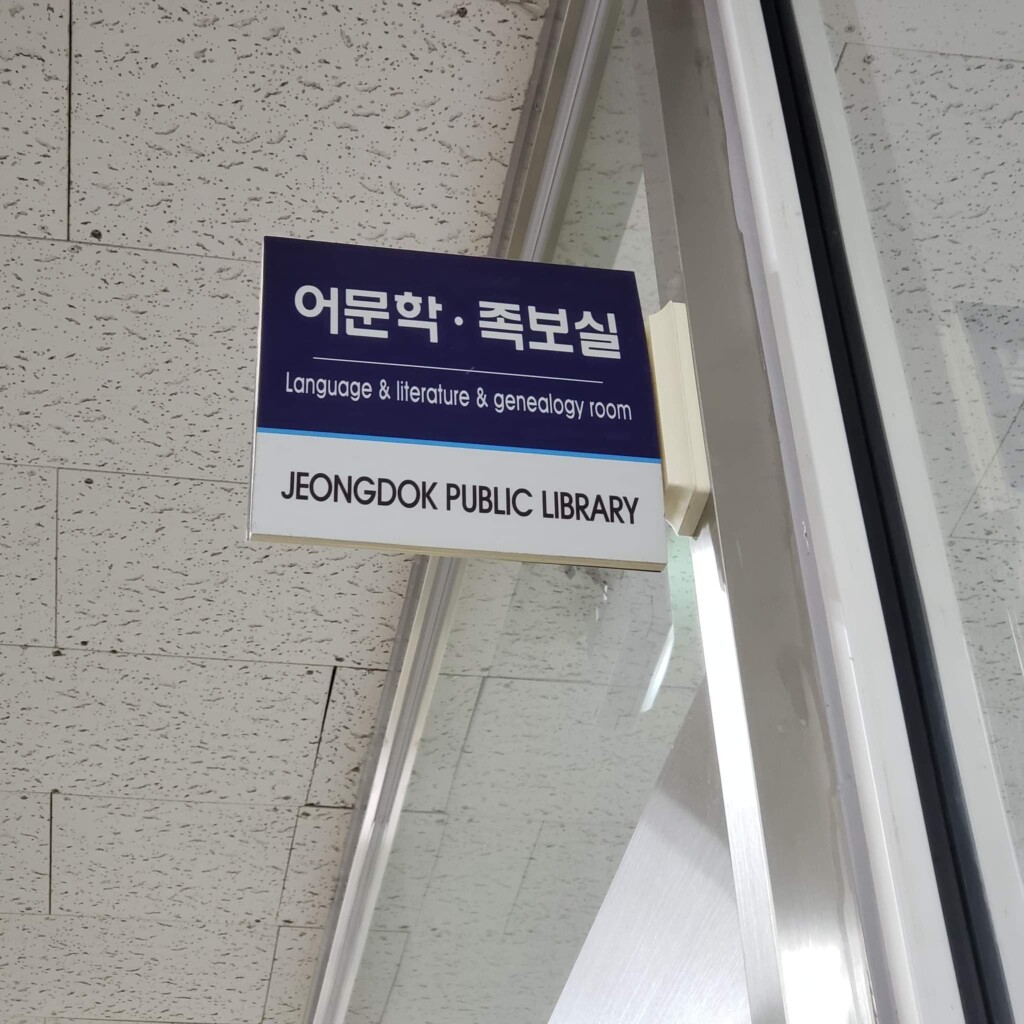
There were rows and rows of these books just for recording family trees!
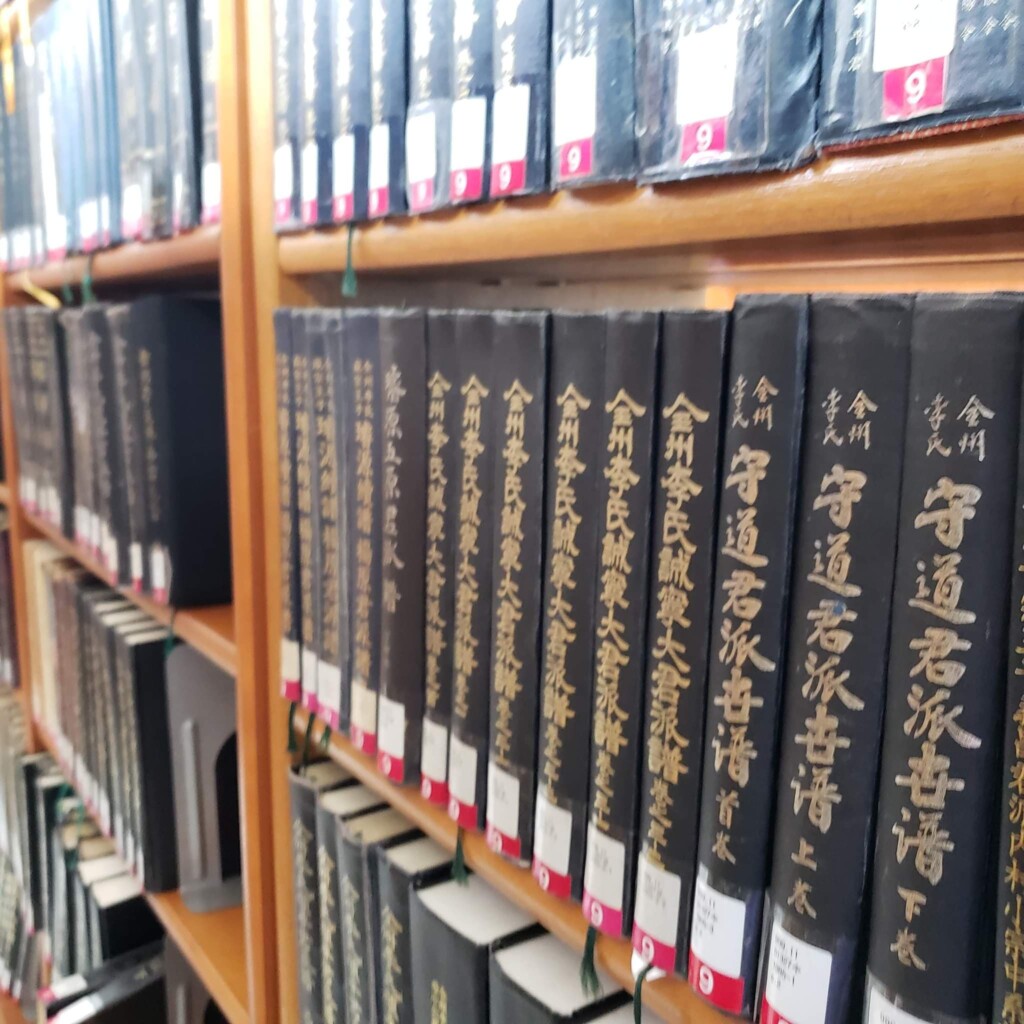
There is also a room just for housing books written in other languages. Most of these books are in English, but there are also a few in other languages, too!
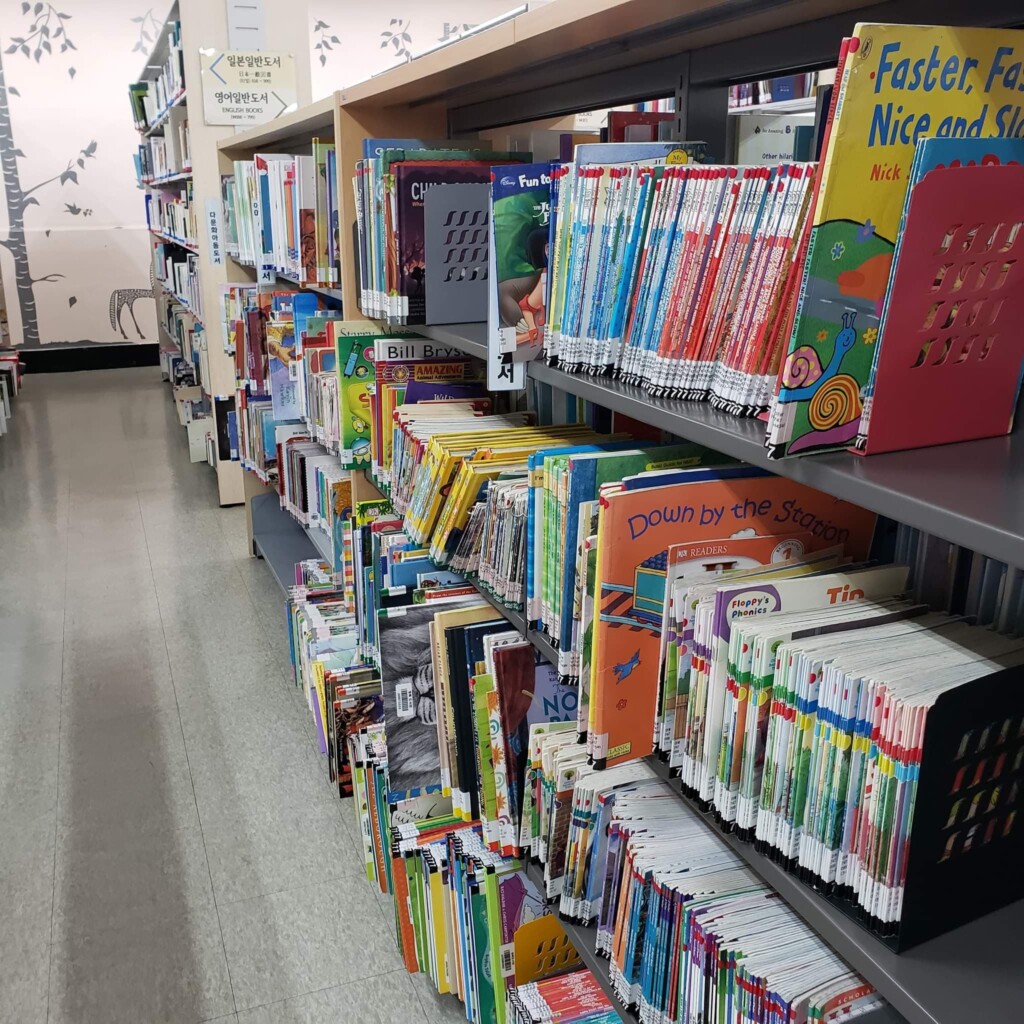
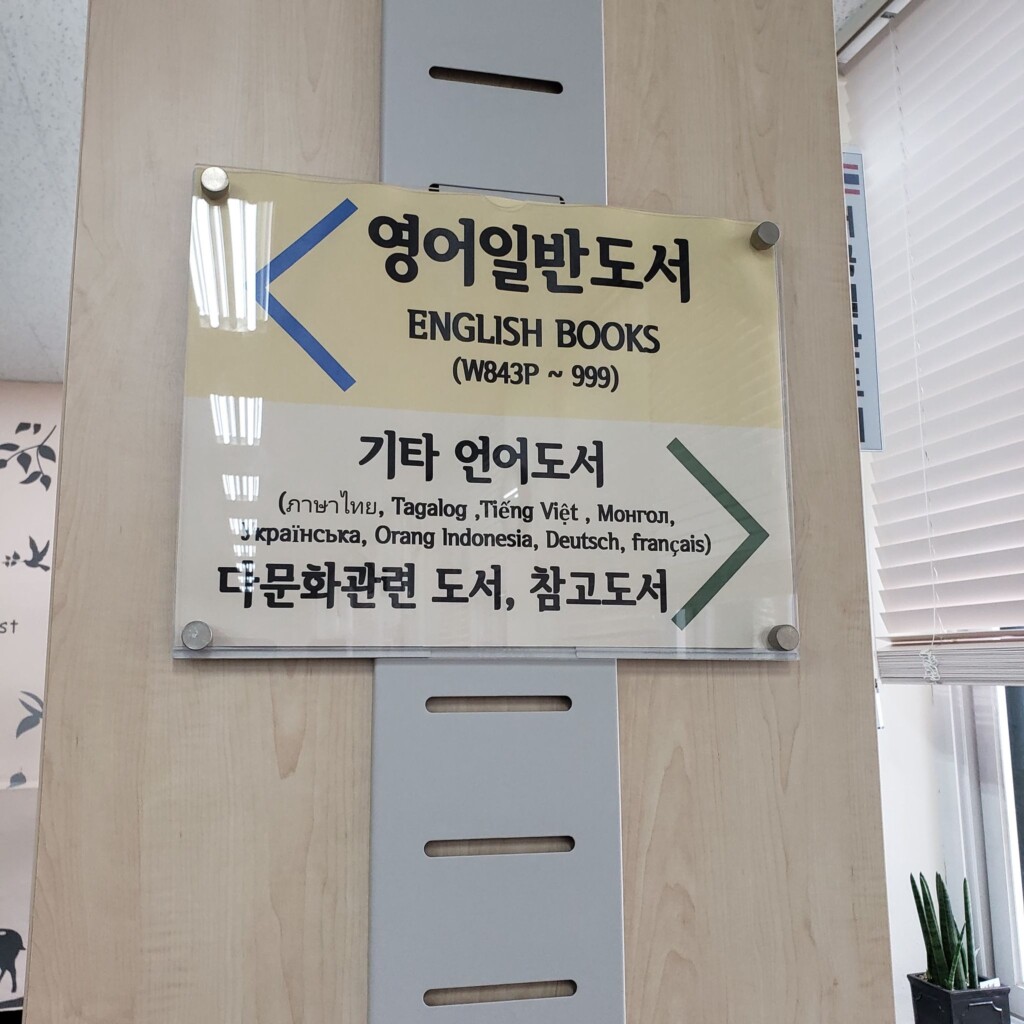
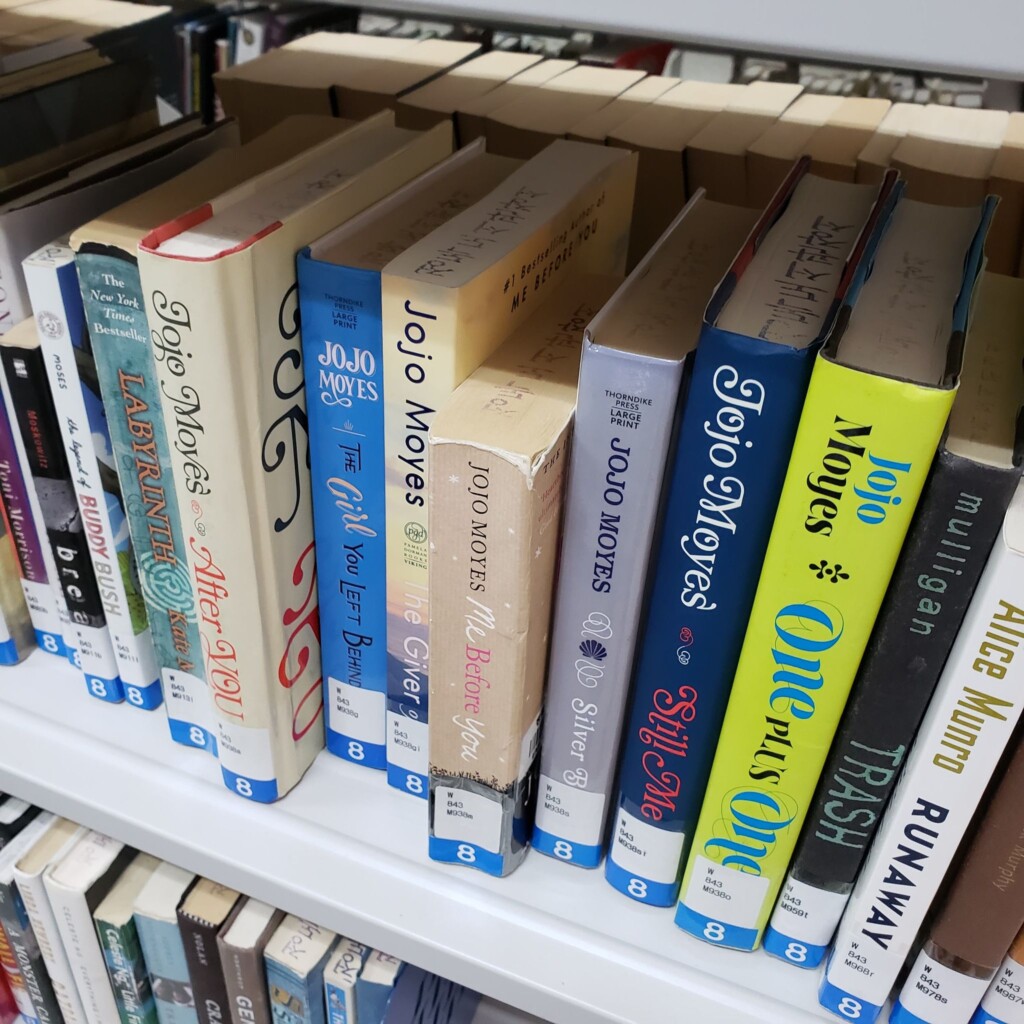
The third floor houses the cafe for study snacks and a study room with reserveable study carrels. You reserve a time online, and check in and out with a barcoded ticket. Some patrons reserve these spaces on a long-term basis and there are strict rules about noise!
Several of the subway stations in Seoul have book return kiosks so you can return books on your commute without climbing up the steep hill to the Library!
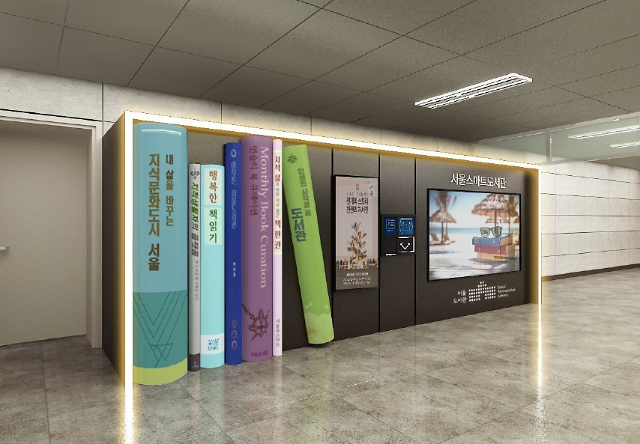
Besides a few differences, this Library just felt like being at home! The most surprising difference to me was that you can only check out books for 15 days in Korea, instead of 4 weeks! Do you think you would like to visit a library in another country? Check out some book recommendations below to learn more about Korea!

A Thousand Miles to Freedom by Eunsun Kim is an autobiographical account of a young women’s escape from North Korea. I had heard some stories during my stay in Korea about defectors from the harsh living conditions in North Korea, but I had never heard a first hand account. Kim outlined many details from her 9 year journey out of North Korea and included many details on how the South Korean government takes care to help the North Koreans assimilate into modern life. This book is available through our SRCS reciprocal program. Ask a staff member how to request a copy for you if you are unfamiliar with the process!
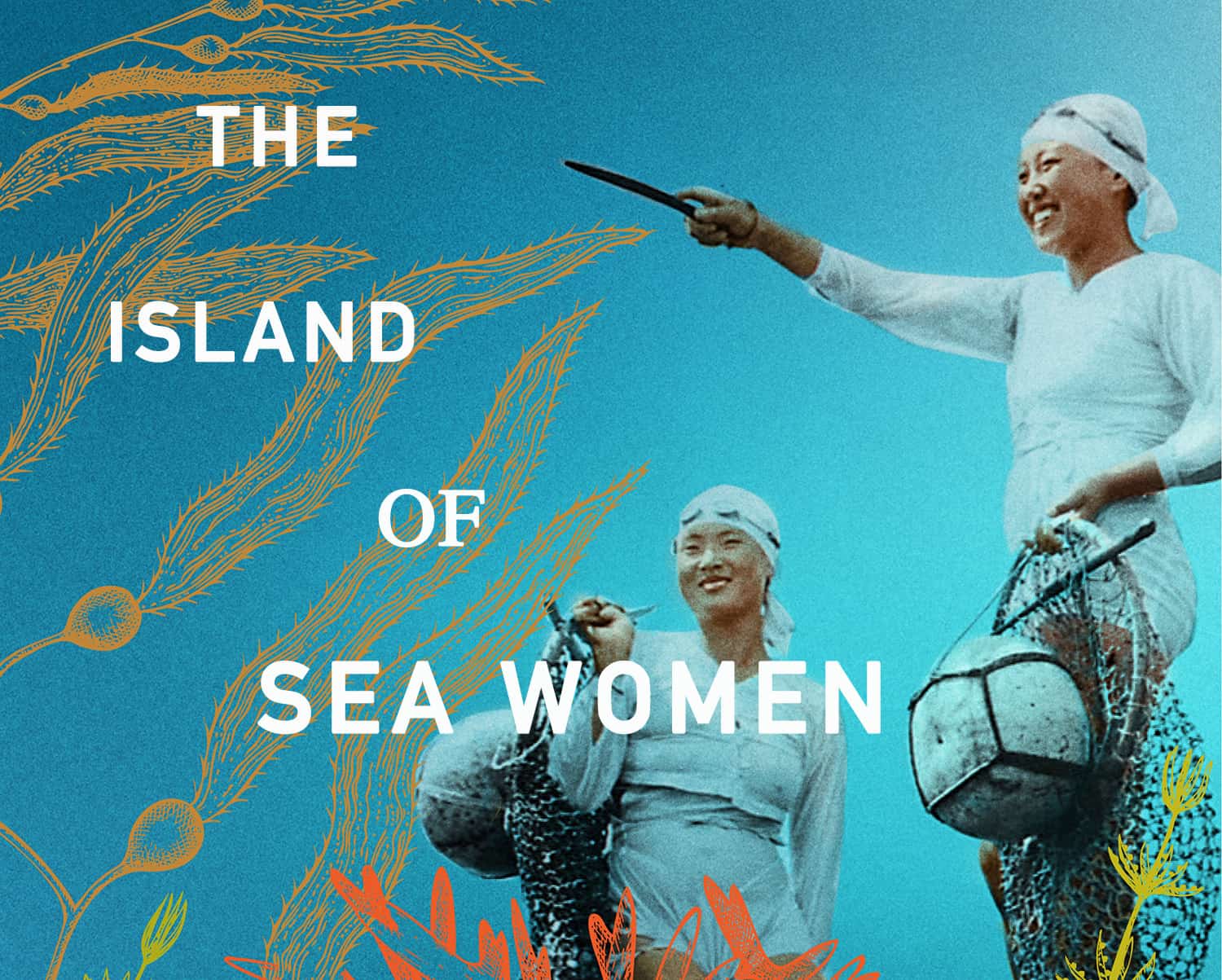
Island of the Sea Women by Lisa See is a fiction account based on the matriarchal sea-diving culture on Jeju Island in South Korea. Traditionally, only women are allowed to learn from a young age how to deep sea dive to provide a living for their families and small communities. Like many traditional practices, there are only a few “haenyeo” left in South Korea, but the culture is carefully preserved and divers were added to the UNESCO list of Intangible Cultural Heritage in 2016.

If you are looking to try your hand at Korean cuisine, check out this book by Hooni Kim! With lots of Korean dishes featuring signature Korean flavors, you will feel like you are in another country instead of in your own kitchen. Many Korean dishes feature spicy Gochujang sauce or different types of seafood, but there are lots of options for people who are not fans (like me!) of fish or spicy foods.
